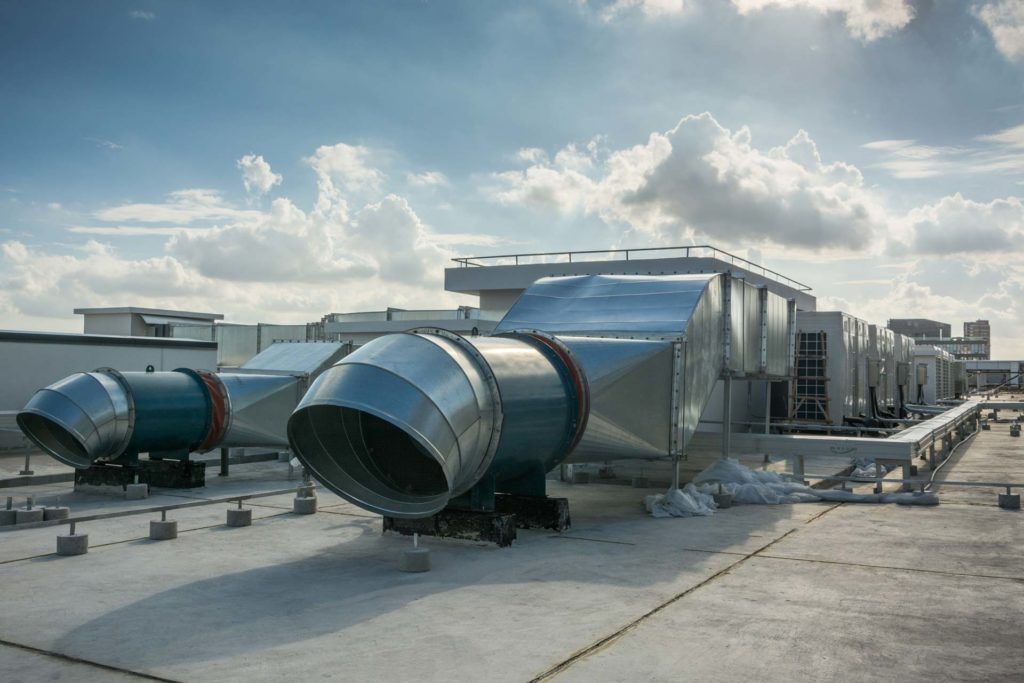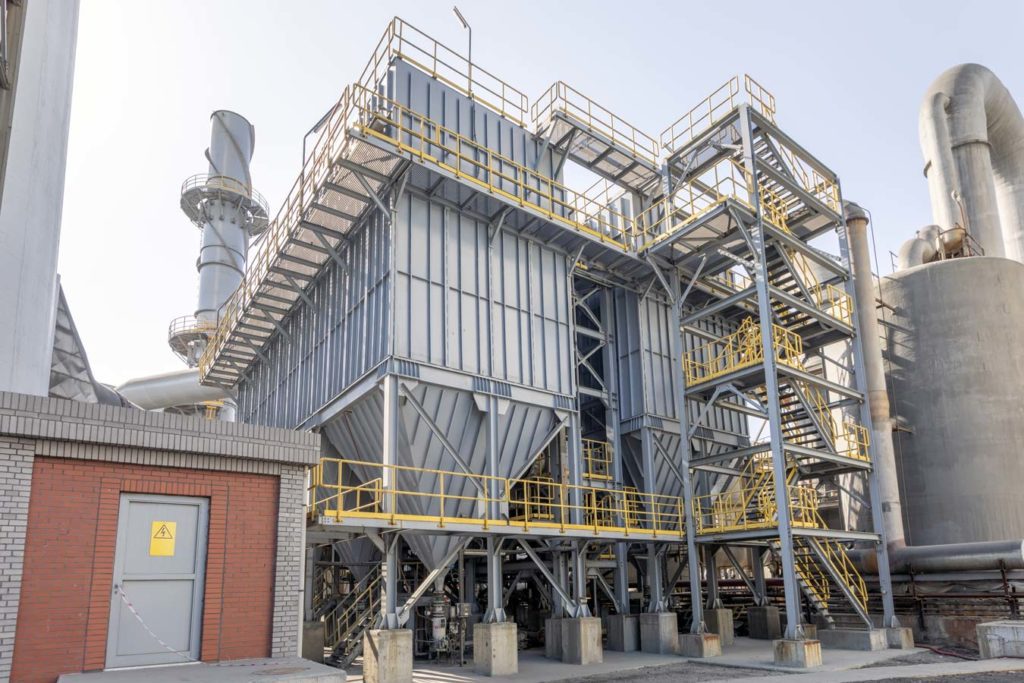You’re sure to know what a fan is. You’ve more than likely enjoyed using one in your home when the weather is warm, or perhaps you have a fan-assisted oven. Fans have several different uses, and they are prevalent in various domestic and commercial areas.
What about industrial fans, though? These are different, and it’s important to know as much about them as possible if you think you might benefit from one.
An industrial fan is a piece of equipment that provides and accommodates a huge flow of air or gas to different operations in various industries. This is accomplished by spinning several blades – hence the name radial bladed fans – that are attached to a hub and shaft and powered by a motor. The flow rates of these fans vary depending on their use. A blower is another term for a fan that works with the flow resistance primarily on the downstream side of the fan. Most industrial fans fall into one of two categories: centrifugal fans and axial fans. Now let’s look more closely into what an industrial fan is and how you might use it.
What Would An Industrial Fan Be Used For?
An industrial fan is a high-efficiency, heavy-duty airflow device made of very robust materials and components to resist harsh conditions and work for extended periods to produce consistent airflow and pressure. The materials utilized to build industrial fans, such as a ball or roller bearings, continuous welds, cast aluminum, and stainless steel housings, contribute to their robustness.
Every industry requires some airflow system to protect the health and wellbeing of its employees. The styles and variations of industrial fans allow you to choose an ideal fan for the settings where air movement is essential for comfort and safety.
Industrial fans move and push air in confined locations, replacing stale, polluted, and stagnant air with fresh, healthy air. The size of an industrial fan is determined by the environment in which it will be operated and its categorization by the Air Movement and Control Association (AMCA).
Some of the specific industries where industrial fans are useful include:
- Automotive
Fans for the automotive sector must be long-lasting, simple to maintain, and very dependable. Workers must be safeguarded against explosives in their workplace, according to a law approved in January 2003. Workers in the car sector are more likely to be exposed to such situations. Therefore fans for the industry are designed to work safely in potentially dangerous and explosive environments. - Oil and Gas
Industrial fans for the oil and gas sector are built to last in the roughest of environments. They are built of very robust materials, with welded flanges and components that withstand corrosion, abrasion, moisture, and other potentially hazardous climatic factors. In addition, fans for the oil and gas sector are coated for increased protection. - Gyms
Wall-mounted industrial fans for a gymnasium provide additional freedom and adaptability to the gym layout itself. They are deliberately positioned in order to provide enough circulation to the available area. Most gyms have limited floor space because equipment or flooring is utilized for physical exercise. Gym fans are wall-mounted for this purpose, saving gym users from being uncomfortable. The size of the space is an important consideration when installing an industrial fan in a gym. In most circumstances, a series of small-volume fans is the ideal solution. - Power Generation
Forced draught, induced draught, and dust control fans are used in the power generating sector and must operate at very high temperatures. Heat-resistant paints and coatings are used in the building of power-generating sector fans and specifically developed bearings. Fans are constructed with self-cleaning impellers due to the particle concentration in the air stream from power-producing plants.
What Are The Benefits?
There are many benefits of industrial fans. For one thing, you can more easily control the temperature using an industrial fan. In addition, commercial fans help regulate the temperature in your room by dispersing air that is often confined at the ceiling level.
Heated air is driven down to the ground level during the coldest months of the year when it is needed most. In a destratification process, your industrial fan will suck heated air down and mix it with colder air that descends towards the floor. These industrial fans circulate air to create a huge comfort zone with an evaporative cooling effect of up to ten degrees throughout the summer.
Industrial fans can also help to control costs. If your office is equipped with an industrial fan that regulates the temperature, you may lower the thermostat and maintain the correct temperature while saving money and the environment. In addition, an industrial fan may help you save money on your utility bills as radial tip/high-efficiency fans are better when it comes to energy efficiency.

